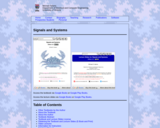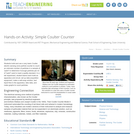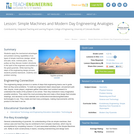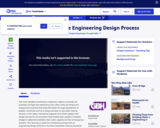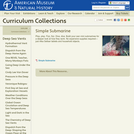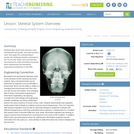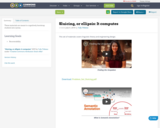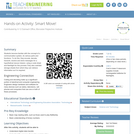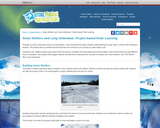TEXTBOOK ABSTRACT:
This book is intended for use in teaching undergraduate courses on
continuous-time and/or discrete-time signals and systems in engineering
(and related) disciplines. It provides a detailed introduction to
continuous-time and discrete-time signals and systems, with a focus on both
theory and applications. The mathematics underlying signals and systems is
presented, including topics such as: signal properties, elementary signals,
system properties, continuous-time and discrete-time linear time-invariant
systems, convolution, continuous-time and discrete-time Fourier series, the
continuous-time and discrete-time Fourier transforms, frequency spectra,
and the bilateral and unilateral Laplace and z transforms. Applications
of the theory are also explored, including: filtering, equalization,
amplitude modulation, sampling, feedback control systems, circuit analysis,
Laplace-domain techniques for solving differential equations, and z-domain
techniques for solving difference equations. Other supplemental material
is also included, such as: a detailed introduction to MATLAB, a review
of complex analysis, an introduction to partial fraction expansions, an
exploration of time-domain techniques for solving differential equations,
and information on online video-lecture content for material covered in
the book. Throughout the book, many worked-through examples are provided.
Problem sets are also provided for each major topic covered.
LECTURE SLIDES ABSTRACT:
This document constitutes a detailed set of lecture slides on signals and
systems, covering both the continuous-time and discrete-time cases. Some of
the topics considered include: signal properties, elementary signals, system
properties, linear time-invariant systems, convolution, Fourier series,
Fourier transform, Laplace transform, z transform, complex analysis, and
partial fraction expansions.
SOLUTIONS MANUAL ABSTRACT:
This book presents complete solutions for all of the exercises appearing
in the textbook "Signals and Systems". Each exercise from the textbook is
given along with a detailed solution.

